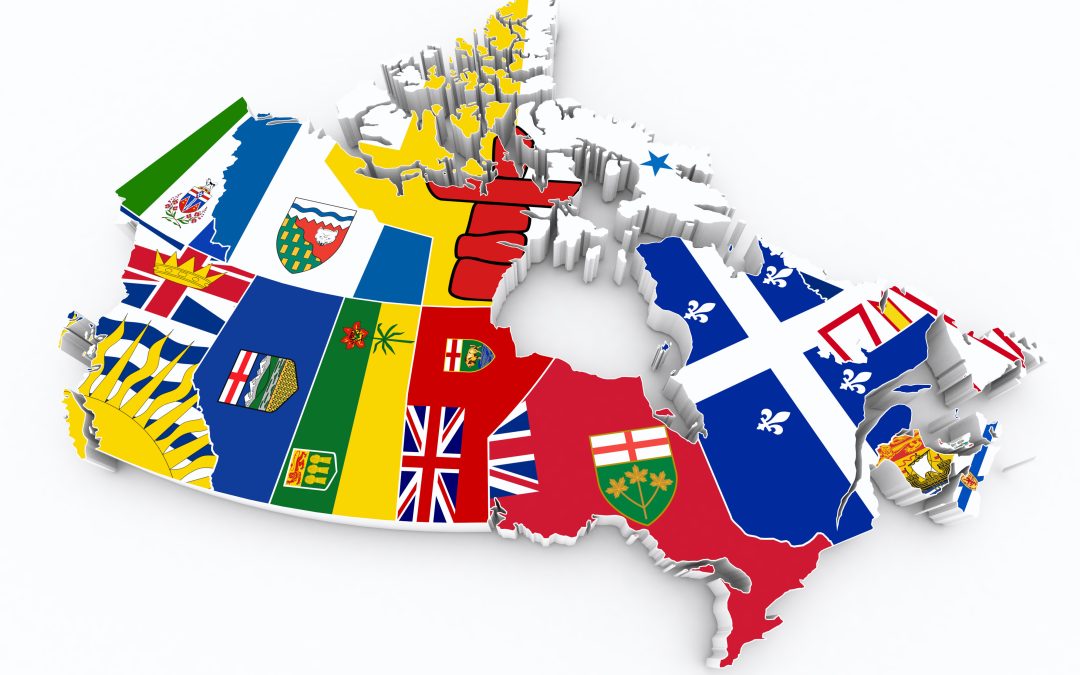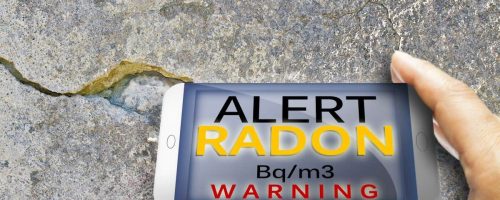The jurisdiction for the regulation of radiation protection for ionizing radiation within Canada depends on the source type and energy range of the emitted radiation, as well as the life cycle stage in some cases. This is a general overview, but you must read the specific legislation for exact details, as there are often special cases where things may vary from what is stated.
The Canadian Nuclear Safety Commission regulates most nuclear substances within Canada under the Nuclear Safety and Control Act and its associated regulations. They do not regulate Naturally Occurring Radioactive Material (NORM), unless it is part of the nuclear fuel cycle or being imported/exported. They also regulate particle accelerators and x-ray machines that can generate radiation with photon energy of 1 MeV or higher. Transport Canada’s Transportation of Dangerous Goods Act and associated regulations also apply when transporting nuclear substances.
Manufacturers, importers, sellers, and leasers of machines capable of generating x-rays with energies below 1 MeV are subject to Health Canada’s Radiation Emitting Devices Act and Regulations. In addition to legislating the expectations around labelling, packaging, and advertising for radiation emitting devices, the powers of inspectors, and possible penalties, the Act and Regulations set out of standards for design, construction, and functioning that devices must comply with.
The regulatory jurisdiction for radiation protection with respect to machines capable of generating x-rays with energies below 1 MeV is the province or territory where the equipment is being used, or is Employment and Social Development Canada’s Canada Occupational Health and Safety Regulations in the case of Federally regulated workplaces. Some provinces and territories have unique expectations within radiation protection legislation. The Canada Occupational Health and Safety Regulations and several provinces and territories refer out to Health Canada’s Safety Codes and/or the Radiation Emitting Devices Act, which then makes these documents the law in those jurisdictions. Some jurisdictions do not have specific legislation to cover ionizing radiation protection, so general duty clauses within legislation meant to protect health, safety, security, and the environment in occupational, public, and medical settings would apply. The Safety Codes can provide guidance and best practice for those in jurisdictions with a lack of specific legislative expectation.
For the handling and disposal of NORM that is not a part of the nuclear fuel cycle, the regulation also falls to the province or territory, or Employment and Social Development Canada for Federally regulated workplaces. To help with consistency across the country, the Federal Provincial Territorial Radiation Protection Committee (FPTRPC) has developed the Canadian Guidelines for the Management of Naturally Occurring Radioactive Materials (NORM), often called the Canadian NORM Guidelines. This document is being broken out into 3 separate documents, the first of which is already published: Canadian Guidelines for the Management of Naturally Occurring Radioactive Materials (NORM) Volume III: Transportation. From what we understand, Volume I will be the overall guidelines and Volume II will be about radon. Until the specialized Volume I and Volume II are published, the original version of the Canadian NORM Guidelines document is available. As these are guidelines and you need to check within your jurisdiction to see if there is legislation which makes them the law or overrides them.
The transport of NORM that is not a part of the nuclear fuel cycle does have to follow the CNSC’s Packaging and Transport of Nuclear Substances Regulations, 2015 and Transport Canada’s Transportation of Dangerous Goods Act and associated regulations, even though the handling and disposal of such NORM outside of transport activities are not under the CNSC’s jurisdiction.
Radon gas is one of the largest sources of natural ionizing radiation exposure for Canadians. In addition to guidance found in the Canadian NORM Guidelines, there are some legislated requirements found with building codes related to radon mitigation. A summary of these can be found on the Canadian government’s website. Health Canada also had guides for radon reduction and measurement. Because radon is naturally occurring, the government puts out a reference level for mitigation rather than using dose limits, which are more common in legislation for radiation protection involving sources being introduced into a workplace or other environment.
For more information on this topic, including an explanation of the International System of Radiological Protection, different exposure categories, and dose limits, please see our June 27, 2024 webinar: A Review of the Radiological Protection Landscape in Canada and its associated documents.
Note that this is a brief overview focused on the Acts and regulations across Canada as they pertain to the emission of ionizing radiation. It does not cover additional expectations which may apply, such as requirements of professional associations, under the Medical Devices Regulations, or under advertising law or codes of conduct. It is not guaranteed to be complete, nor is it legal or medical advice.







